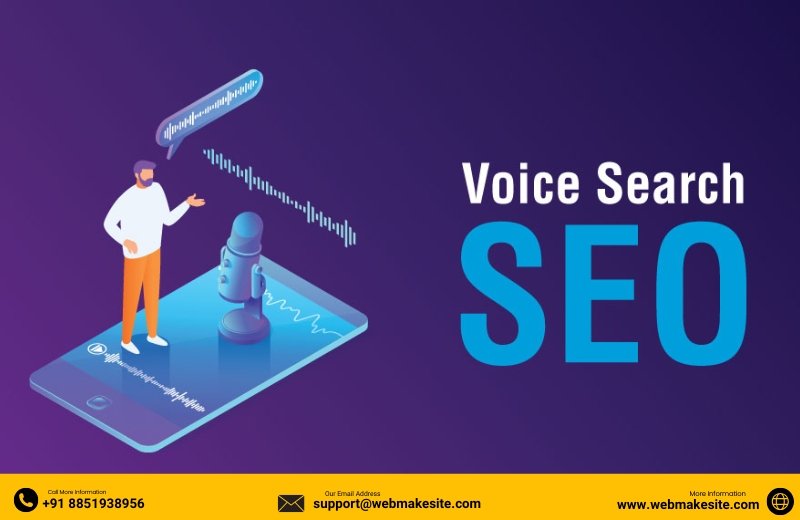In today’s digital era, your website is often the first impression potential customers have of your business. No matter how great your products or services are, if your website is slow, hard to use, or doesn’t look good on mobile, visitors won’t stick around. Website optimization isn’t just about ranking on search engines — it’s about delivering a seamless experience that keeps users engaged and encourages them to take action.
Let’s break down three of the most important areas of website optimization: speed, mobile-friendliness, and UI/UX design.
1. Speed: The Need for Fast-Loading Websites
Website speed is one of the top ranking factors for search engines and a critical part of user experience. Studies show that if a page takes longer than 3 seconds to load, more than 50% of visitors will leave.
Tips to Improve Website Speed:
-
Optimize Images: Use compressed formats like WebP or JPEG without losing quality.
-
Leverage Caching: Store frequently used resources so they don’t reload every time.
-
Minimize Code: Clean up unnecessary CSS, JavaScript, and HTML.
-
Use a Content Delivery Network (CDN): Deliver content faster through global servers.
-
Choose Reliable Hosting: A strong hosting plan ensures stable, fast performance.
👉 A fast website not only improves user satisfaction but also boosts conversions and search engine rankings.
2. Mobile-Friendliness: Optimizing for Every Screen
With more than 60% of global traffic coming from mobile devices, a mobile-friendly website is no longer optional — it’s essential. If your website isn’t responsive, you risk losing a huge chunk of potential customers.
Key Practices for Mobile Optimization:
-
Responsive Design: Ensure your layout adapts to different screen sizes.
-
Readable Fonts & Buttons: Use larger fonts and easily clickable buttons.
-
Simplified Navigation: Keep menus short and easy to tap.
-
Fast Mobile Loading: Optimize media for smaller devices.
-
Mobile Testing: Regularly test your website on multiple devices.
👉 A mobile-first approach ensures a smooth experience and higher engagement across all devices.
3. UI/UX: Designing for Better User Experience
A visually appealing website is important, but user experience (UX) and user interface (UI) design go beyond looks. They focus on making a website intuitive, easy to navigate, and conversion-friendly.
Best Practices for UI/UX Optimization:
-
Clean Layout: Avoid clutter and keep your design minimalistic.
-
Consistent Branding: Use consistent colors, fonts, and styles.
-
Clear CTAs (Call to Actions): Buttons like “Buy Now” or “Get a Quote” should be noticeable.
-
Easy Navigation: Use simple menus and logical page hierarchy.
-
Accessibility: Make sure your site is usable for people with disabilities.
👉 Good UI/UX increases trust, reduces bounce rates, and encourages visitors to take action.
Final Thoughts
Optimizing your website for speed, mobile-friendliness, and UI/UX is one of the smartest investments you can make for your business. A fast, responsive, and user-friendly site not only attracts visitors but also converts them into loyal customers.
Remember: Your website isn’t just a digital presence — it’s a business tool. Treat it like your best salesperson, and keep it optimized to perform at its best.


 2025-08-25
2025-08-25 





Comments
Leave Your Comment